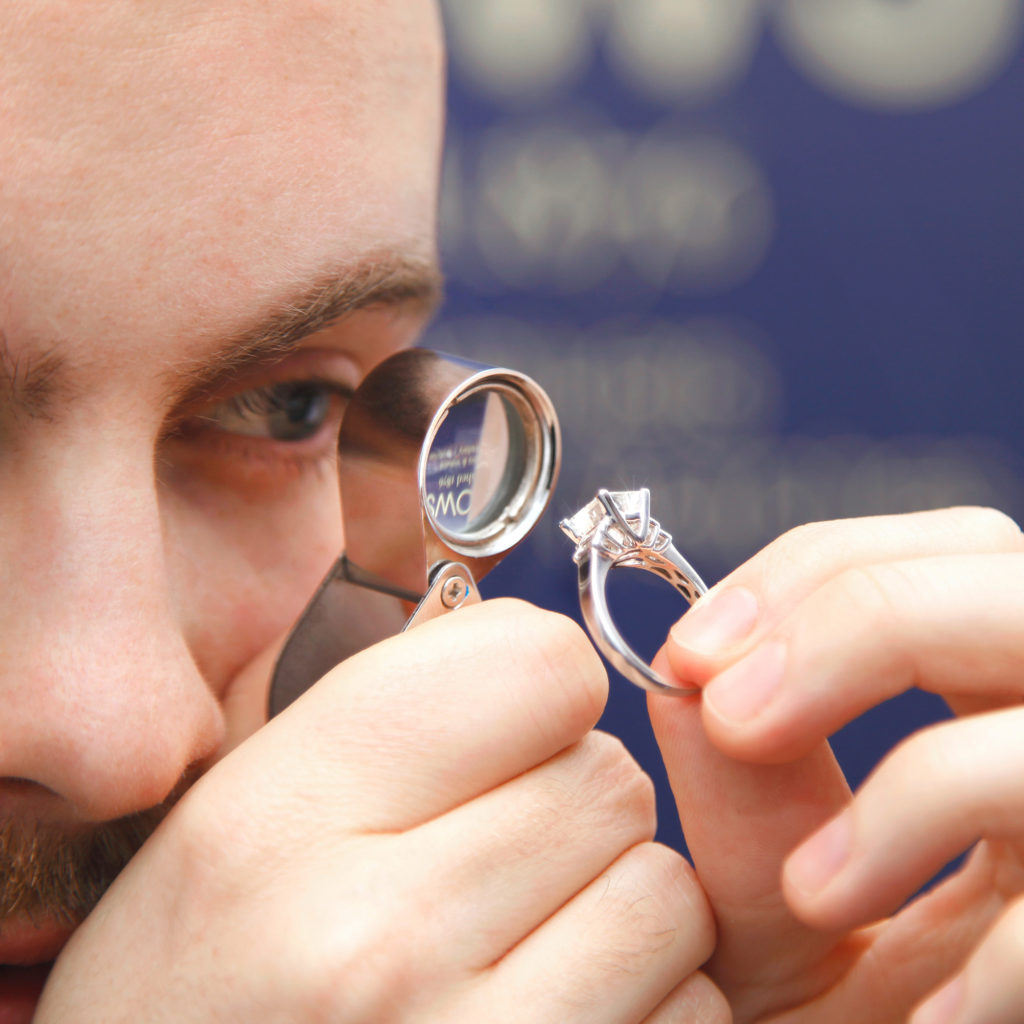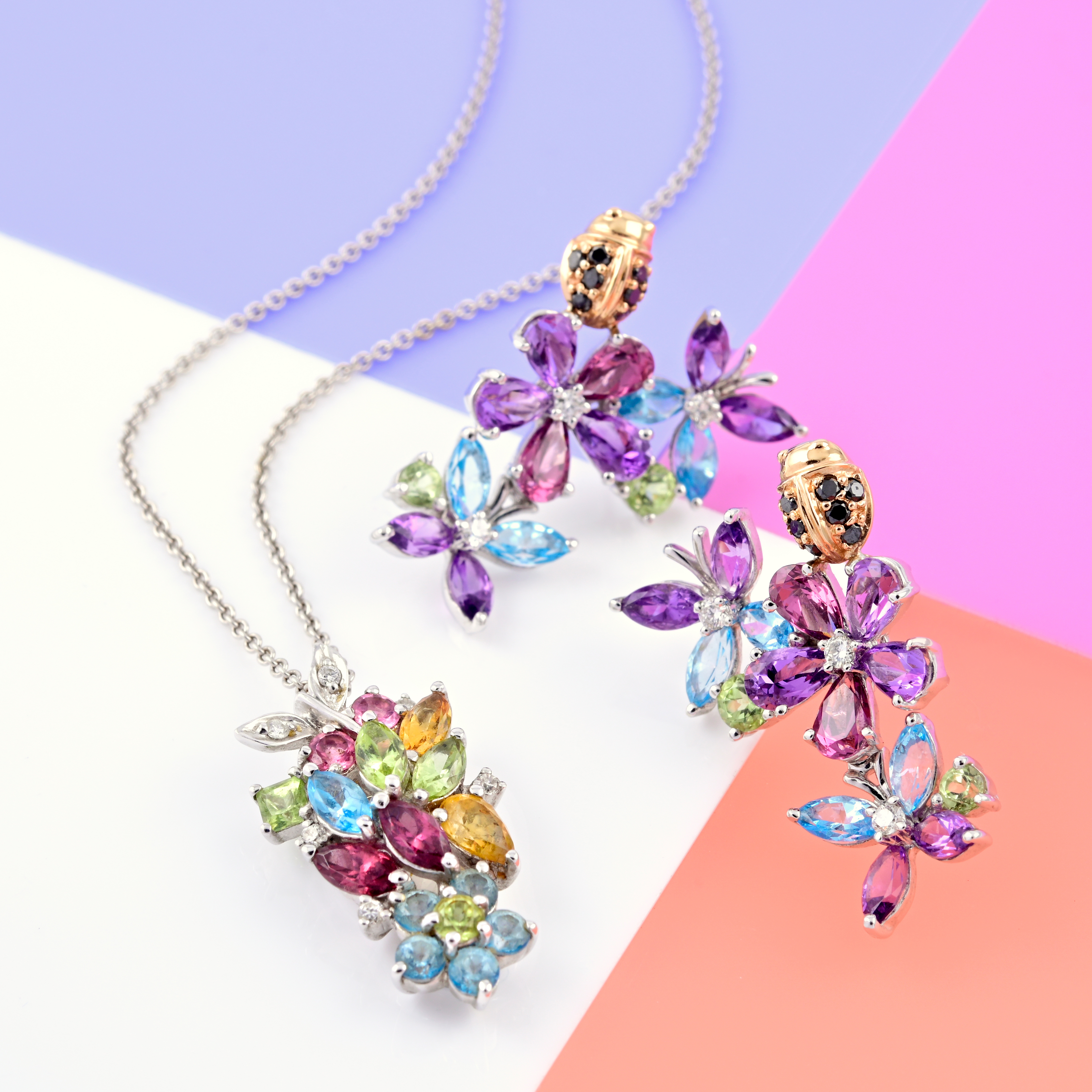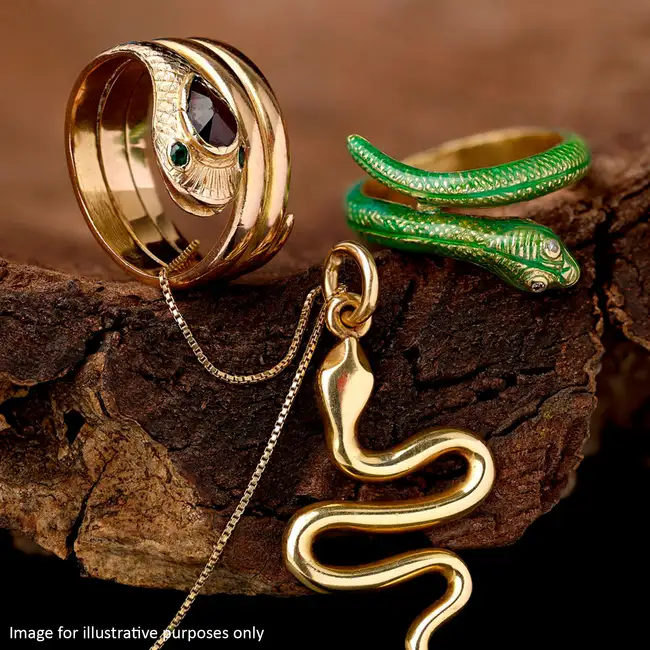Part one of our new Scientific Equipment blog series will focus on items specialists at Fellows use in their day-to-day jobs. We have spoken to individuals from different departments and first up, Alex Duffy, Jewellery Specialist from Fellows, has highlighted how he tests gemstones.

In regards to the gemmological aspect of testing, whilst the 10x loupe is undoubtedly the go-to tool, sometimes further magnification can be very useful. I personally like to make use of the microscope to analyse within gemstones what may not be otherwise apparent.
I find this to be an effective way to accurately identify a gem's diagnostic features, differentiate a natural stone from its synthetic counterpart, particularly with smaller stones, as well as in some cases gain insight into the potential origin of a stone or the lack of/ level of treatment.

Certain minute inclusions within gemstones can provide evidence towards conclusions which may greaten their rarity or desirability. For example jagged three-phase cavities in emeralds can indicate that they may be of Colombian origin and uninterrupted rutile silk in rubies and sapphires can be an indication of a lack of heat treatment. Being able to detect such things gives us the ability to make a more informed decision on whether further advanced laboratory testing might be appropriate. Since favourable lab results can often greatly improve the value of a piece, it is a useful skill to be able to spot such things and know when it is worth sending an item off for a report.












